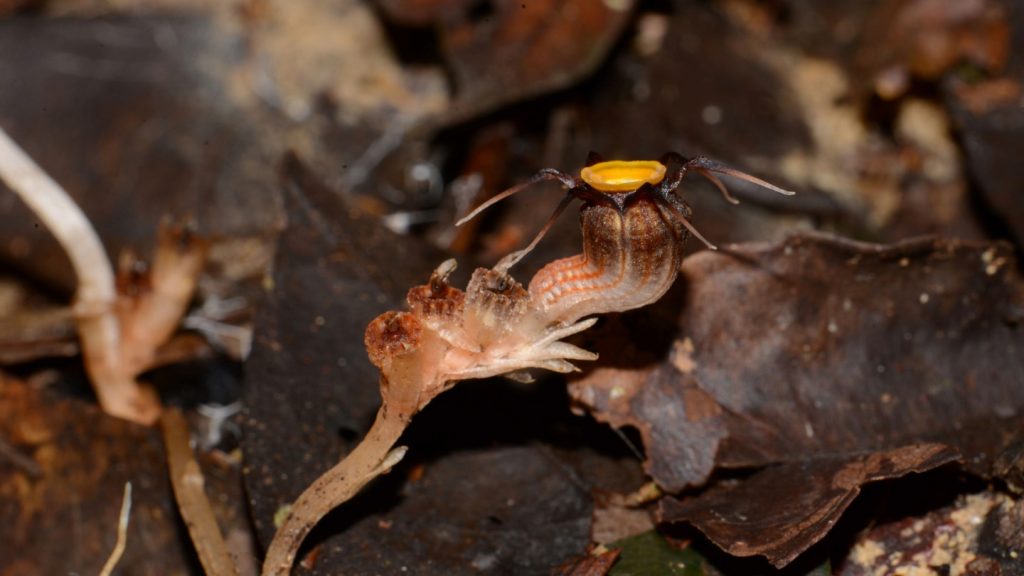Researchers have found a new species of “fairy lantern” plant in the Malaysian rainforest, characterized by its vibrant saffron flowers and lack of chlorophyll. These parasitic plants rely on subterranean fungi for sustenance and typically spend most of their lives underground. Botanist Mat Yunoh Siti-Munirah has been exploring the biodiversity of these unique plants and recently discovered the new species, named T. malayana, in two different parks in Malaysia. Their distinct physical features, such as a curved cup shape flower and violet pollen-bearing structures, set them apart from other known fairy lantern species.
The discovery of T. malayana highlights the biodiversity of fairy lantern plants and contributes to the growing interest in these unique species. Environmental conditions that support the growth and survival of these plants are essential for informing future conservation efforts. Other recently discovered species, such as T. paradisiaca in Colombia and T. belumensis in Malaysia, demonstrate the ongoing efforts to explore and study understudied regions and employ new technologies for genetic analysis in plant research. Some species, like T. neptunis of Borneo, have been rediscovered after decades of no reported sightings, indicating the resilience and adaptability of these plants.
The subterranean lifestyle of fairy lantern plants poses challenges in accurately assessing population numbers and conservation needs. Despite being found in protected areas, the new species T. malayana has been identified as vulnerable to extinction due to its limited population size and specialized habitat requirements. This calls for increased efforts to study and protect these unique plants to ensure their continued existence. Each new discovery of a plant species is comparable to a birth certificate for plants, highlighting the importance of biodiversity conservation.
The elusive nature of fairy lantern plants has historically made them difficult to study and monitor. However, recent advancements in research techniques, such as genetic analysis and exploration of specialized habitats, have led to the discovery of multiple new species. The concerted effort in understanding the biodiversity of fairy lanterns reflects a growing interest and investment in preserving these unique plants. Rediscoveries of species like T. neptunis after years of presumed extinction demonstrate the resilience of these plants and the importance of ongoing conservation efforts. The identification of new species like T. malayana provides valuable insights into the conservation needs of these plants and underscores the critical role of research and protection in preserving plant biodiversity.


